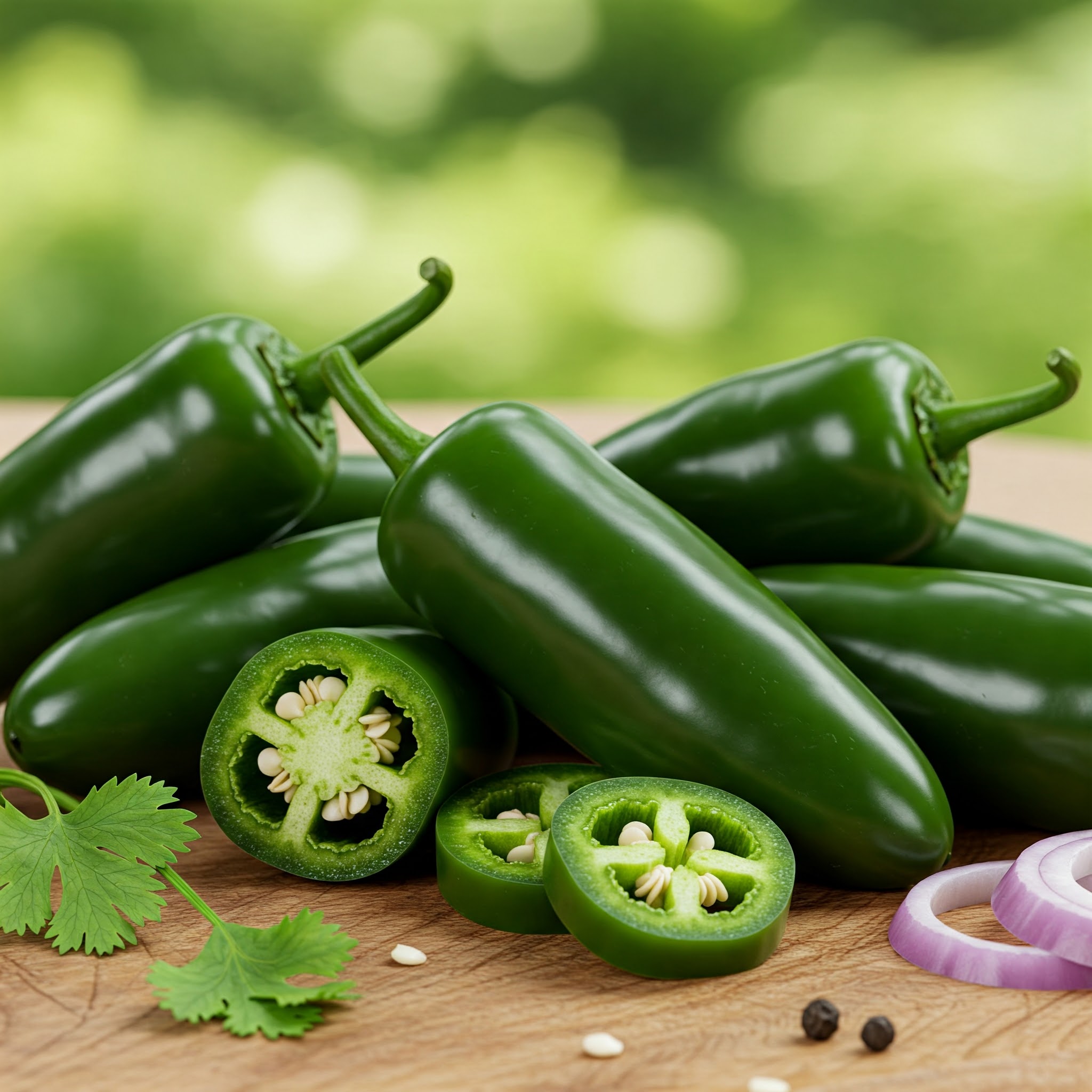Jalapeños, once known for their reliable kick, seem to be losing their fiery edge. If your recent culinary adventures have left you wondering where the heat went, you’re not alone. Many home cooks and even professional chefs have noticed that jalapeños often lack the spiciness they used to bring. This isn’t just a matter of perception, it’s a deliberate trend, with several factors at play.
The Culprit: TAM II and Industrial Jalapeños
One major reason behind this change is the rise in popularity of the TAM II variety. Developed for mass production, TAM II jalapeños prioritize size, rapid growth, and a consistent, mild flavor over intense heat. This variety has become a favorite in the processing industry, as it provides a predictable product for canned peppers, salsas, and other prepared foods. This standardization, while beneficial for industrial purposes, has led to a decrease in the overall spiciness of jalapeños available to consumers.
Market Dynamics: Consistency over Spiciness
The food industry’s preference for consistency has driven the shift towards milder jalapeños. Companies need reliable heat levels for products labeled as “mild,” “medium,” or “hot.” The TAM II and similar varieties offer this predictability, even if it comes at the expense of the pepper’s traditional spiciness. This also satisfies a wider consumer base that may prefer milder flavors.
Consumer Preferences: A Balancing Act
While some consumers crave intense heat, the broader market often favors milder options. The demand for manageable spiciness allows for wider culinary use of jalapeños without overwhelming the palate. As a result, growers have adapted to meet this demand, leading to a focus on varieties with less capsaicin, the compound responsible for the spicy sensation.
Other Contributing Factors:
- Growing Conditions: Well-watered plants under optimal conditions tend to produce milder peppers, as stress generally increases capsaicin production.
- Harvest Time: The longer a pepper stays on the plant, the redder and hotter it gets. Most store-bought jalapeños are harvested while still green, contributing to their milder profile.
- “Stretch Marks”: Some believe that the presence of “stretch marks” or lines on jalapeños indicates higher spiciness, resulting from environmental stress during growth, but this is not always a reliable indicator.
- Variety: Different types of Jalapeños have different Scoville ratings. Some have been specifically bred for lower heat.
What Can You Do?
If you’re looking for spicier jalapeños, here are some tips:
- Farmers’ Markets: Buying from local farmers’ markets often provides access to a wider variety of jalapeños, some of which may be spicier. Independent farmers have more control over the types of peppers they grow.
- Grow Your Own: Growing your own jalapeños allows you to choose spicier varieties and control growing conditions.
- Look for “Stretch Marks”: While not foolproof, some people believe that the presence of “stretch marks” or lines on jalapeños indicates higher spiciness.
- Try Other Peppers: If you can’t find spicy jalapeños, consider using serrano or fresno peppers as substitutes, as they offer similar flavor and heat levels.


Leave a Reply